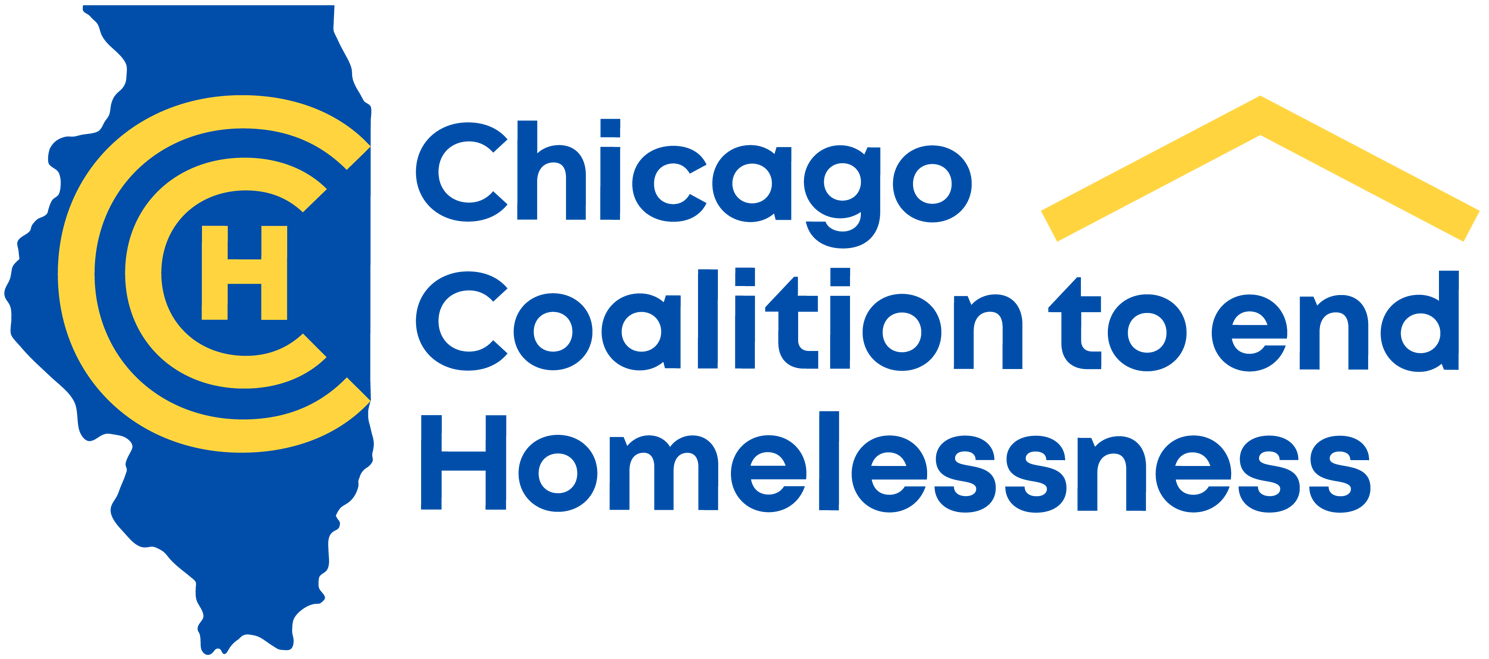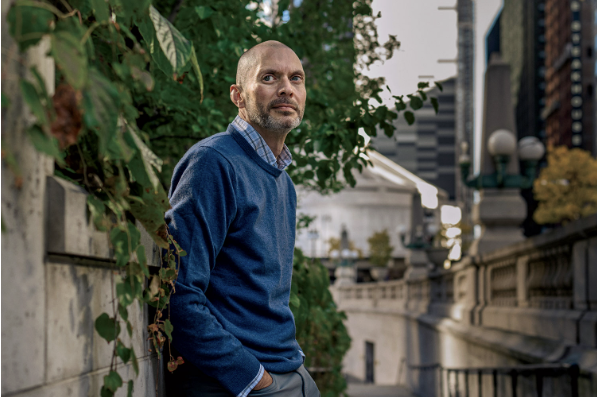By Dahleen Glanton, columnist
This is hard to admit, but I have not always been empathetic toward the homeless people who live under the viaducts.
During the summer in Uptown, I would see them lounging on the grass or seated in lounge chairs while hamburgers and hot dogs cooked on a barbecue grill nearby. I convinced myself that this was where they wanted to be, carefree and without responsibility. That’s what I wanted to believe.
Then winter came. And the reality of what it means to be homeless, particularly in Chicago, was suddenly clear. I could not have been more wrong.
At the end of the season, the snow came, dumping up to 10 inches on the Chicago area Monday and Tuesday. Temperatures along the lakefront dipped below freezing and were expected to drop even lower in the coming days.
Monday evening, I drove past the homeless encampment underneath the Lake Shore Drive bridge at Lawrence Avenue once again. This time, it looked so different — damp and littered with snow.
The rusty, black charcoal grill was now used for heating. Those donated Coleman tents that in warmer weather seemed like a luxury underneath the Lake Shore viaducts at Montrose, Wilson and Lawrence avenues, now seemed pitiful.
People wearing heavy jackets, with hats and hoods, cradled themselves inside. But even the best-constructed tents could not protect them from the frigid cold.
I thought to myself, no one would be here if they didn’t have to. But I also have come to understand that the problem of chronic homelessness in Chicago is much more complicated than it appears on the surface.
A year ago in March, the city set out to determine how best to address these problems. Mayor Rahm Emanuel announced the formation of the citywide Task Force to Reduce Homelessness, which would work to improve coordination between agencies serving the homeless and provide needed resources.
One of its major goals, however, would be to launch a pilot program that would provide permanent housing for the chronically homeless. It would start at what was then the city’s largest homeless encampment — the viaducts under Lake Shore in Uptown.
The city promised to relocate 75 of the 90 people living under the viaducts to permanent housing, according to Lisa Morrison Butler, commissioner of the city’s Department of Family and Support Services. The other 15 chose not to participate.
A year later, large numbers of people are still living under those viaducts. But according to the city, they aren’t the same ones who were there this time last year.
Butler says the city tracked each of the original 75 participants by name and knows exactly where they are. As of Monday, she says, 73 of the people who formerly lived under the viaducts are now off the streets. Fifty-six are in housing, such as CHA and other support housing or in temporary facilities while still awaiting permanent housing. Another 17 are “inactive,” meaning they either moved out of town, were jailed or sent to nursing home facilities because of their age.
It made only a small dent. As some moved from under the viaducts, new residents moved in. At the same time, other encampments were growing on Lower Wacker Drive and other areas of the city.
Butler acknowledges that that the city can’t pat itself on the back. I applaud the city for making an effort to home in on the problem. But it is clear that much more than a pilot program is needed to fix it.
Chicago officials estimate that 5,889 homeless people live in the city, according to its 2016 Homeless Count and Survey. Of those, 79 percent are in shelters, and 21 percent were unsheltered. But the Chicago Coalition for the Homeless places the numbers much higher. The coalition estimates that 125,848 Chicagoans were homeless during the last count in 2015. Their numbers also include people living in overcrowded homes due to hardship.
Chicago needs more affordable housing, but not just in Uptown. It should be spread throughout the city. In the past five years, homeless advocates say, the number of shelters and emergency shelter beds has dramatically decreased in Chicago. Meanwhile, the number of people in dire need of assistance keeps going up.
But the greatest decrease, according to the coalition, has been in permanent supportive housing, which was down 10 percent from 8,460 in 2014 to 7,613 in 2015, the latest year for which data were available.
Most of the people who live in Uptown are used to seeing homeless people everywhere. I have a personal rule not to give out money, but if someone approaches me and says they are hungry, I won’t hesitate to purchase them a meal. But that’s not nearly enough.
Many of us prefer to address homelessness from a distance. As long as people aren’t sleeping under the viaducts on our street, we have no problem with them sleeping on the ground on someone else’s street. But the truth is that no one deserves to sleep on the street in any neighborhood.
Do-gooders from other parts of the city and suburbs drive in before the freezing temperatures hit and pass out blankets and scarves in Uptown. They donate sandwiches and hot dogs to roast on the grill, and propane for portable heaters. Then they go back home, feeling proud of what they’ve done.
But if you really want to make a difference, why not consider donating money to a shelter or a program that provides services for the homeless?
Once, someone suggested that the city install portable toilets on the embankments so that homeless people wouldn’t have to use the bathroom in the grass. Perhaps they meant well, but it was ridiculous.
These are just short-term solutions to a long-term problem. If we really want to help the homeless, we have to educate ourselves about the problem and see people as people. Then we have to stand up for them — not for their right to live under a viaduct, but for them to get the assistance they need so they won’t have to.
It means pressuring the city to go further than running a pilot program for 75 people. It means demanding that homeless people be treated like human beings — provided with the services and support needed to get them off the streets and keep them off.






